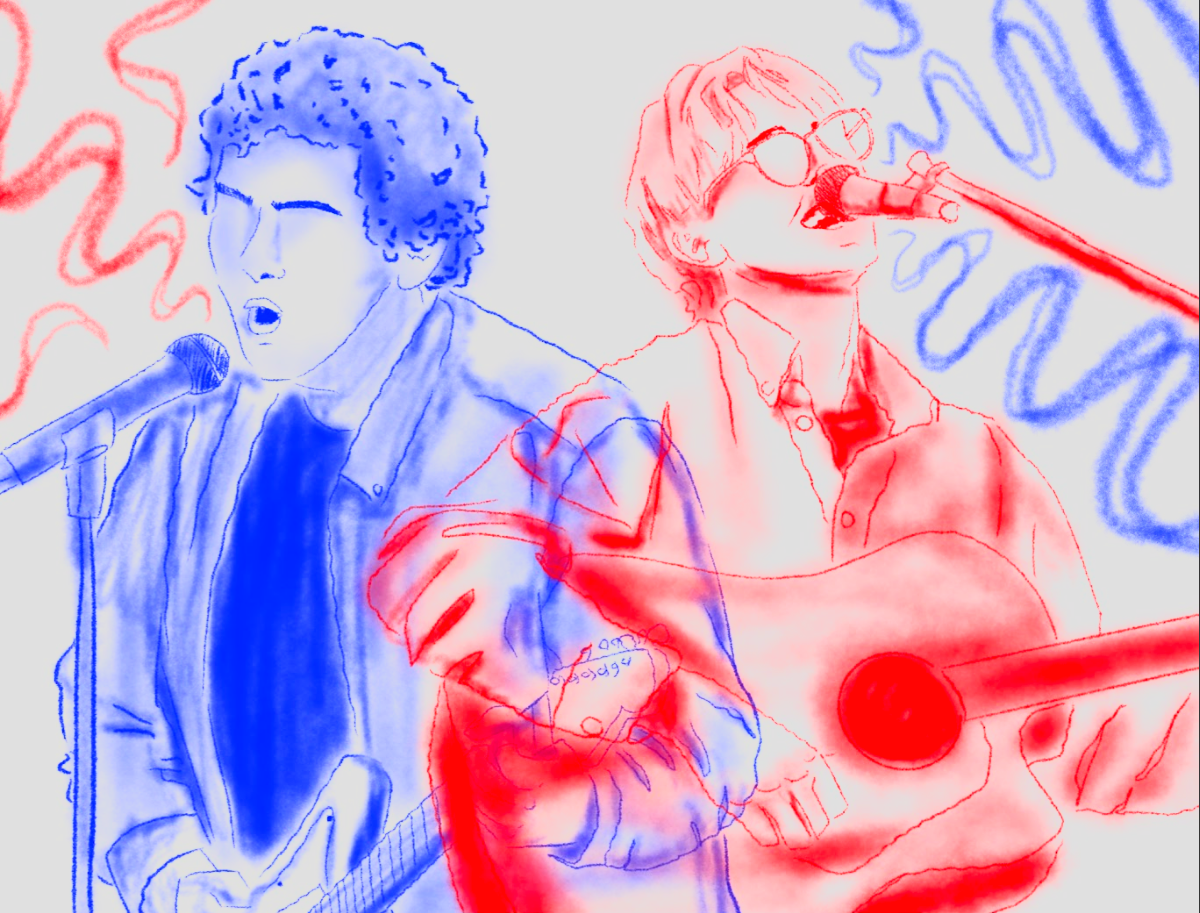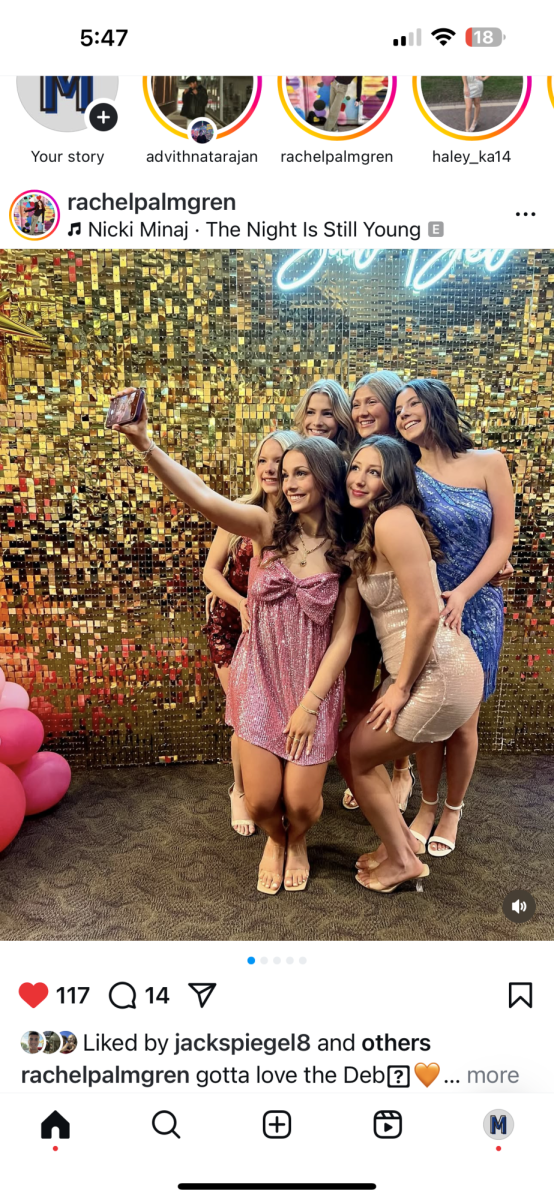Teen alcohol abuse problematic despite lower numbers, relevant in Manhattan
March 6, 2018
Teenagers have always talked about the idea of “cool.” It seems cheesy, but in the end it does affect what we as teens do. We want people to like us, so maybe we go to a party or two, or maybe we stay away from those actions, but when we hear about them, we don’t say anything for fear of being ridiculed.
But, here’s the deal: party culture around teens does promote drinking, and being under the influence can result in far worse things, such as rape culture.
Just a couple weeks ago, in the restroom at O’Malley’s, a bar in Aggieville, a 24-year-old girl was raped by two white men. The influence of alcohol may have been a factor. This Feb.17 incident raises not only attention to the issue Manhattan clearly has, but causes fear as the celebration of Fake Patty’s Day — a day practically devoted to alcohol consumption — approaches on March 10.
It is the agreement of The Mentor editorial board that the habitual misuse of alcohol or drinking to excess in teens, while in the beginning stages of resolving, still needs a lot of work.
Alcohol and substance abuse is something almost every middle through high school health class has covered.
The National Institute on Drug Abuse reported in December 2017 that alcohol abuse in underage teens was down by 60 percent from previous high years — a significant decrease compared to previous yearly studies dating all the way back to 1991.
While this fact shows a major improvement in terms of the amount of teen substance abuse, it may also falsely bring about the idea that the problem of teen alcohol abuse is no longer a concern of top priority.
However, according to the United States Health and Human Services’ website, in 2017 kids used alcohol more than any other drug. This could be due to easier access through those of age obtaining the substance for those underage, and party culture circulated in teen society.
It is no secret that entertainment media embellishes destructive decisions in teens for more dramatic but interesting stories. Sometimes, these destructive decisions come out as a one-liner hoped to go unnoticed, such as when a character encounters a tough situation and says “I need another glass of wine.” Other times, abuse of a substance comes through, especially in teen movies, as a party filled with those taunting red solo cups.
This tactic of sneaking in alcohol is a semi-effective one for screenwriters — despite its overused ways– but ultimately can have a negative effect on the aimed demographic as it often can promote substance abuse — specifically alcohol abuse– as a coping method for issues faced in one’s life or something that’s “cool.”
Those educating us about alcohol and substance abuse need to understand the concept of doing more than just saying “no.” No more signing pledges, hanging posters and simply saying no — we’re in high school, we know how to say no. Too many times that ability has been taken advantage of when in a “under-the-influence” situation or being pressured or bullied into making bad decisions.
People need to look at not just avoiding the situation, but what to do once it has happened. Educators must stress alternative coping methods to alcohol, stress saying no, but also stress that there are people out there going through this right now — maybe in your classroom — and that it’s no longer a matter of prevention, but of fixing the situation.
Educate and be educated on the situation, Manhattan.



